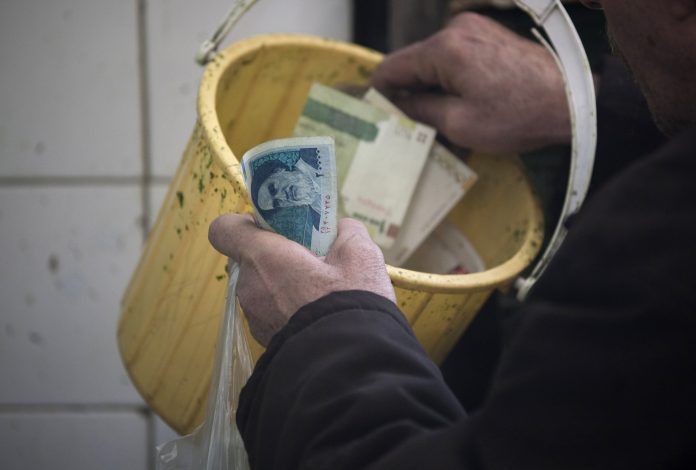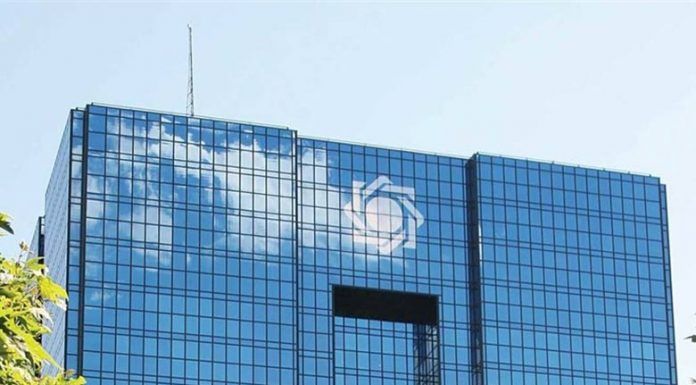
The Central Bank of the Islamic Republic of Iran will not release reports on the country’s inflation rate until further notice, according to Mahmoud Chelvian, the head of the Central Bank’s office for economic statistics.
“We have always calculated the inflation rate using data provided by the Central Bank and the Statistical Center of Iran. For the time being, however, we will only rely on the report by the Statistical Center of Iran. The measure is intended to minimize possible discrepancies between reports from multiple sources,” Mr. Chelvian explained. “The data produced by these two institutions encompasses a wide range of economic indicators, including the rate of inflation based on the price of goods and services.”
Central Bank inflation figures have been much higher than those reported by the Statistical Center of Iran in recent months.
On December 27, the Central Bank posted the inflation rate on its website for only a short time, then removed the information before the end of the business day. According to its data, the inflation rate stood at 24 percent for a period of 12 months ending in late November, and rose to 42 percent in December. The data from the Statistical Center of Iran showed a much lower inflation rate of 18 percent for the same 12-month period.
Chelvian noted: “The Central Bank and the Statistical Center of Iran have, on some occasions, announced vastly different inflation rates. The apparent inconsistencies stem from the fact that each report uses a different data collection technique, statistical cycle, and base year to calculate the price index and household expenditure.”
Chelvian added: “The Central Bank and the Statistical Center of Iran produced very different reports on the inflation rate in November which would have been extremely confusing to the public, and that’s why we decided not to release them. Since the Statistical Center of Iran had compiled its data first, we decided not to release the Central Bank’s report to the public pending further analysis which hopefully will reduce the discrepancies between the two sets of figures. However, the Central Bank will continue to publish its reports on other economic trends and activities including the unemployment rate, housing starts, consumer leverage ratio, consumer price index (CPI) and producer price index (PPI).”
Dr. Ghodratollah Emamverdi, a faculty member at the Islamic Azad University of Tehran’s School of Economy, said: “The Central Bank’s reports are more accurate, because it uses a wide range of financial sources to collect data. It also uses more precise sets of criteria to calculate price indices and household expenditures for small towns and rural areas.”
“We cannot set clear economic goals and make any progress without accurate data, especially when it comes to reports by the Central Bank which has a broader view of economic developments,” Dr. Emamverdi noted.
Translated from Persian by Fardine Hamidi


